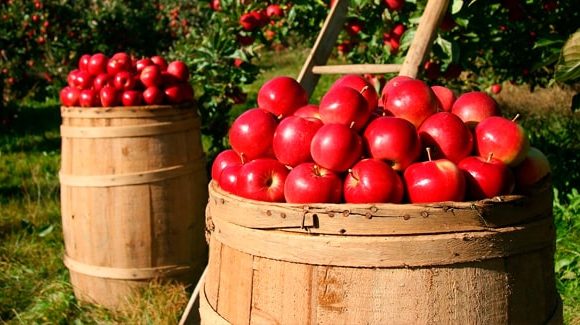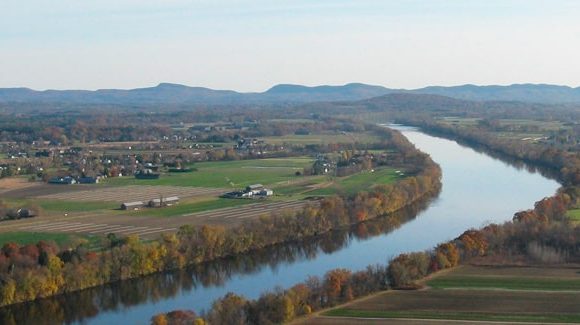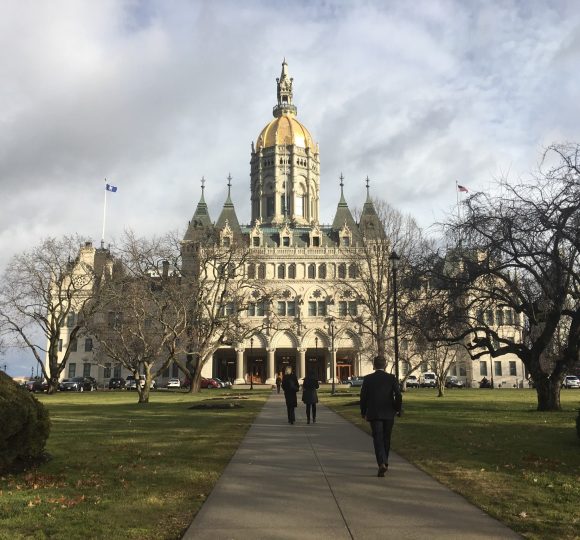Since the late 1970’s, local and state governments have protected nearly 2.7 million acres of farmland with Purchase of Agricultural Conservation Easement programs. Given market trends and program regulations, the threat of these protected farms being taken out of the agricultural marketplace became a concern for farming advocates and lawmakers. The Option to Purchase at Agricultural Value (OPAV) was adopted in two states to address this concern. OPAV requires that affected land is sold at a price that reflects its agricultural value, rather than a price influenced by non-farming market demand. OPAV is heralded by some farming advocates as essential to ensuring the future availability and affordability of protected farmland, and critical to enabling access to protected farmland by new and beginning farmers. But just how successful has OPAV been at keeping protected land in the hands of farmer, particularly new farmers? Land For Good commissioned studies of the experiences to date with OPAV in the Massachusetts and Vermont farmland protection programs. The findings show that OPAV is not necessarily ensuring that protected farmland is affordable to all sectors of farmers interested in purchasing it. This has implications for beginning and scaling-up farmers, as well as for the communities interested in sustaining their farm economy into the future. This paper presents the study findings along with public policy recommendations to make protected land more accessible for beginning farmers.
Publications
Does the Option at Agricultural Value Protect Farmland for Beginning Farmers? A Policy Analysis
Downloadable Documents
Author
Bob Wagner, Kathy Ruhf
Publisher
Keene, NH: Land for Good
Page Numbers
8
Publication Date
May 01, 2013
Publication Type
Reports and Guides
State
Connecticut, Maine, Massachusetts, New Hampshire, New York, Rhode Island, Vermont
Keywords
Beginning Farmers, Purchase of Agricultural Conservation Easements





